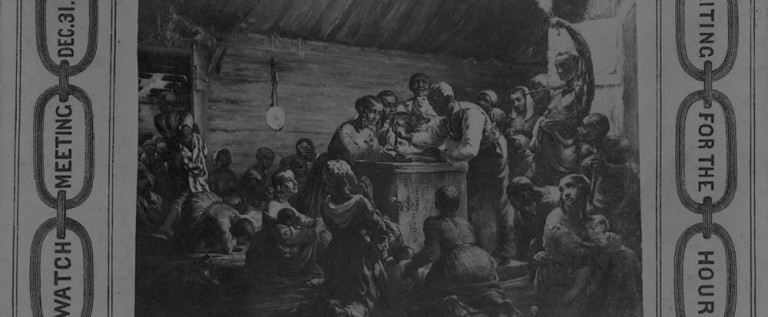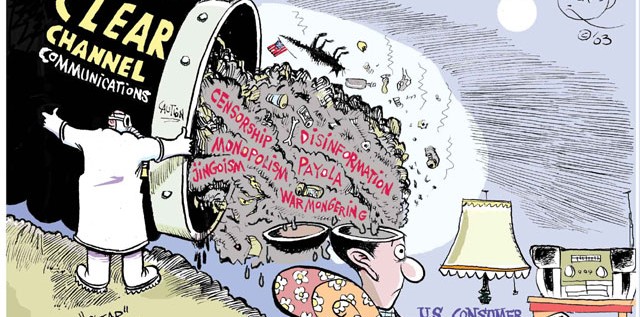Whether It Is New Year’s Eve or “Watch Night” or “Freedom’s Eve”, the Black Community in America Celebrates Freedom from Slavery as of 11:59 pm, December 31, 1862.
“On that night, Blacks came together in churches and private homes all across the nation, anxiously awaiting news that the Emancipation Proclamation had actually become law.”
If you live or grew up in a Black community in the United States, you have probably heard of “Watch Night Services,” the gathering of the faithful in church on New Year’s Eve. The service usually begins anywhere from 7 p.m. to 10 p.m. and ends at midnight with the entrance of the New Year. Some folks come to church first, before going to out to celebrate. For others, church is the only New Year’s Eve event.
Illustration Citation: Heard and Moseley. “Waiting for the hour [Emancipation] December 31, 1862.
Like many others, I always assumed that Watch Night was a fairly standard Christian religious service — made a bit more Afrocentric because that’s what happens when elements of Christianity become linked with the Black Church. And yes, there is a history of Watch Night in the Methodist tradition. Still, it seemed that most predominately White Christian churches did not include Watch Night services on their calendars, but focused instead on Christmas Eve programs. In fact, there were instances where clergy in Mainline denominations wondered aloud about the propriety of linking religious services with a secular holiday like NewYear’s Eve.However, in doing some research, I discovered there are two essential reasons for the importance of New Year’s Eve services in African American congregations. Many of the Watch Night Services in Black communities that we celebrate today can be traced back to gatherings on December 31, 1862, also known as “Freedom’s Eve.” On that night, Americans of African descent came together in churches, gathering places and private homes throughout the nation, anxiously awaiting news that the Emancipation Proclamation had become law. Then, at the stroke of midnight, it was January 1, 1863, and according to Lincoln’s promise, all slaves in the Confederate States were legally free. People remained in churches and other gathering places, eagerly awaiting word that Emancipation had been declared. When the actual news of freedom was received later that day, there were prayers, shouts and songs of joy as people fell to their knees and thanked God.

Women sit through and pray at a Watch Night Service
But even before 1862 and the possibility of a Presidential Emancipation, African people had gathered on New Year’s Eve on plantations across the South. That is because many owners of enslaved Africans tallied up their business accounts on the first day of each new year. Human property was sold along with land and furnishings to satisfy debts. Families and friends were separated. Often they never saw each other again in this earthly world. Thus coming together on December 31 might be the last time for enslaved and free Africans to be together with loved ones.
So, Black folks in North America have gathered annually on New Year’s Eve since the earliest days, praising God for bringing us safely through another year and praying for the future. Certainly, those traditional gatherings were made even more poignant by the events of 1863 which brought freedom to the slaves and the Year of Jubilee. Many generations have passed since and most of us were never taught the African American history of Watch Night. Yet our traditions and our faith still bring us together at the end of every year to celebrate once again “how we got over.”
Like this:
Like Loading...
Related






